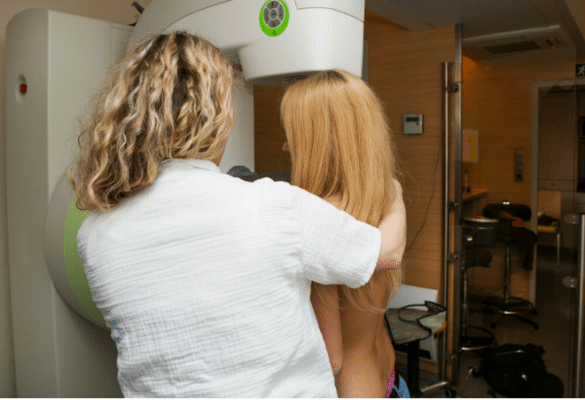A controversial new study has found that annual mammograms may not help reduce breast cancer deaths and may increase the number of women unnecessarily getting treated for breast cancer.
The Canadian study tracked almost 90,000 women for 25 years, and found that having an annual mammogram between the ages of 40 to 59 did not lower the chance of dying from breast cancer more than having a physical examination.
The study, which was published in BMJ on Feb. 11, disconcertingly showed that 22 percent of invasive breast cancers were overdiagnosed by mammography, meaning the tumors would usually have been too small to cause symptoms or become life-threatening.
The BMJ researchers said that the current screening guidelines may be too much, and should be reconsidered.
Breast cancer screening guidelines in the U.S. have been a source of debate in recent years.
The U.S. Preventative Services Task Force, a panel of medical experts that advice the government, said in 2009 that women should only get mammograms every two years starting at 50. Before that age, the decision to be tested should be between the woman and her doctor, which usually meant it was not recommended unless the woman had high risk factors for breast cancer like specific genes or family history.
The panel argued that many mammograms lead to false positive results, and were detecting cancers that were too small to need treatment, leading to unnecessary procedures.
A later JAMA study showed that women who followed the panel’s recommendation were at no higher risk of late-stage cancers than women who got the test every year. However another study found that in women over 50 who had mammograms, for every one life saved, there were three women who were overdiagnosed.
Share this content:








